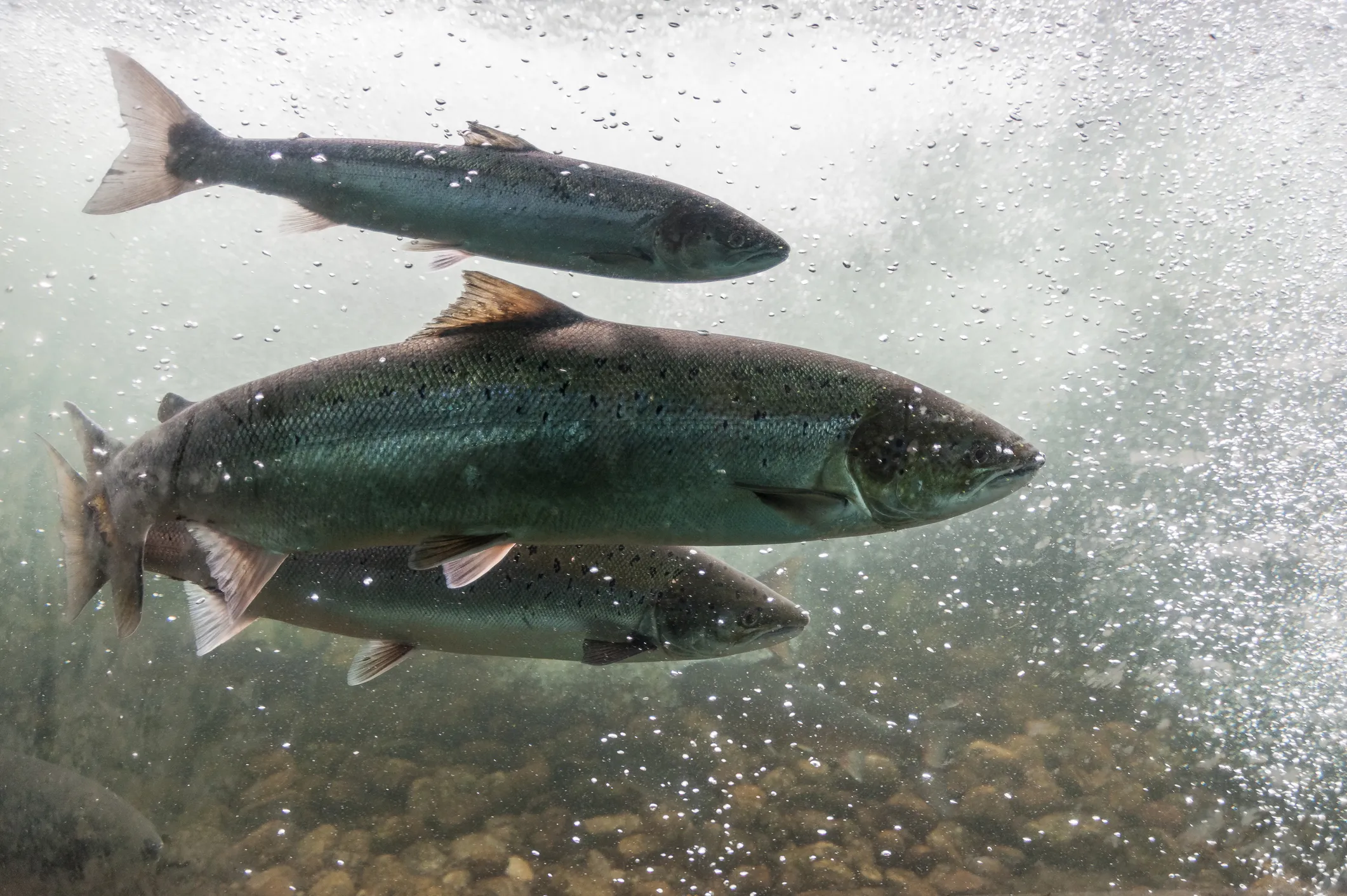Amidst a heat wave in Nova Scotia, Canada, last July, fish in the Wrights River faced challenges similar to humans: the need for relief from scorching temperatures. Unlike their human counterparts, fish in this river had a helping hand in the form of artificially cooled patches of water created by researchers. These efforts are part of an experiment to examine whether man-made thermal refuges can aid the survival of Atlantic salmon, a species vulnerable to rising water temperatures caused by climate change.
Atlantic salmon, like humans, thrive within specific temperature ranges, ideally between approximately 43°F and 72°F. Prolonged exposure to water exceeding 82°F can be fatal. Freshwater rivers like the Wrights River play a crucial role in the lifecycle of Atlantic salmon, serving as a growth environment for young salmon before they migrate to the ocean and a spawning ground for adults. However, rising temperatures due to climate change are jeopardizing these vital river ecosystems.
Concerns are growing about the potential extinction of the Atlantic salmon population, especially in the U.S. Northeast, where only a few rivers on the Gulf of Maine still support this species. Meanwhile, in Canada, some southern rivers are witnessing a drastic reduction in salmon populations due to the effects of increasing temperatures.
Salmon can endure higher temperatures for brief periods, and when migrating upstream through sun-warmed shallow waters, they seek out “thermal refuges,” relatively cooler areas to rest before continuing their journey. The recent experiments aim to test whether it’s feasible to create man-made thermal refuges along rivers to aid Atlantic salmon survival.

Kathryn Smith, a PhD candidate at Dalhousie University leading the research, believes that this approach may become a necessity in the future. She emphasizes the importance of adapting to a warming world while preserving coldwater biodiversity in rivers, including Atlantic salmon.
The experiments tested two methods: the “active” approach involved pumping cold well water into the river, and the “passive” approach entailed directing a river offshoot underground to cool it through contact with surrounding soil and rocks. Fish species, including salmon, were observed seeking the artificially cooled water, with the active approach attracting more fish, particularly during a coinciding heatwave.
While extensive research has focused on mapping natural thermal refuges in rivers, creating artificial cold spots was a novel endeavor. The success of the experiments has paved the way for further tests to determine the most effective methods for different regions and fish species, with the ultimate goal of implementing these systems to protect fish species worldwide threatened by warming rivers.
Kathryn Smith expressed the excitement she and her team felt upon seeing the fish congregating in the artificially created cool water patches. As the experiments continue, the hope is that such innovative approaches will become an essential tool in the fight to conserve vulnerable fish populations in a changing world.
Image/Source: Time





